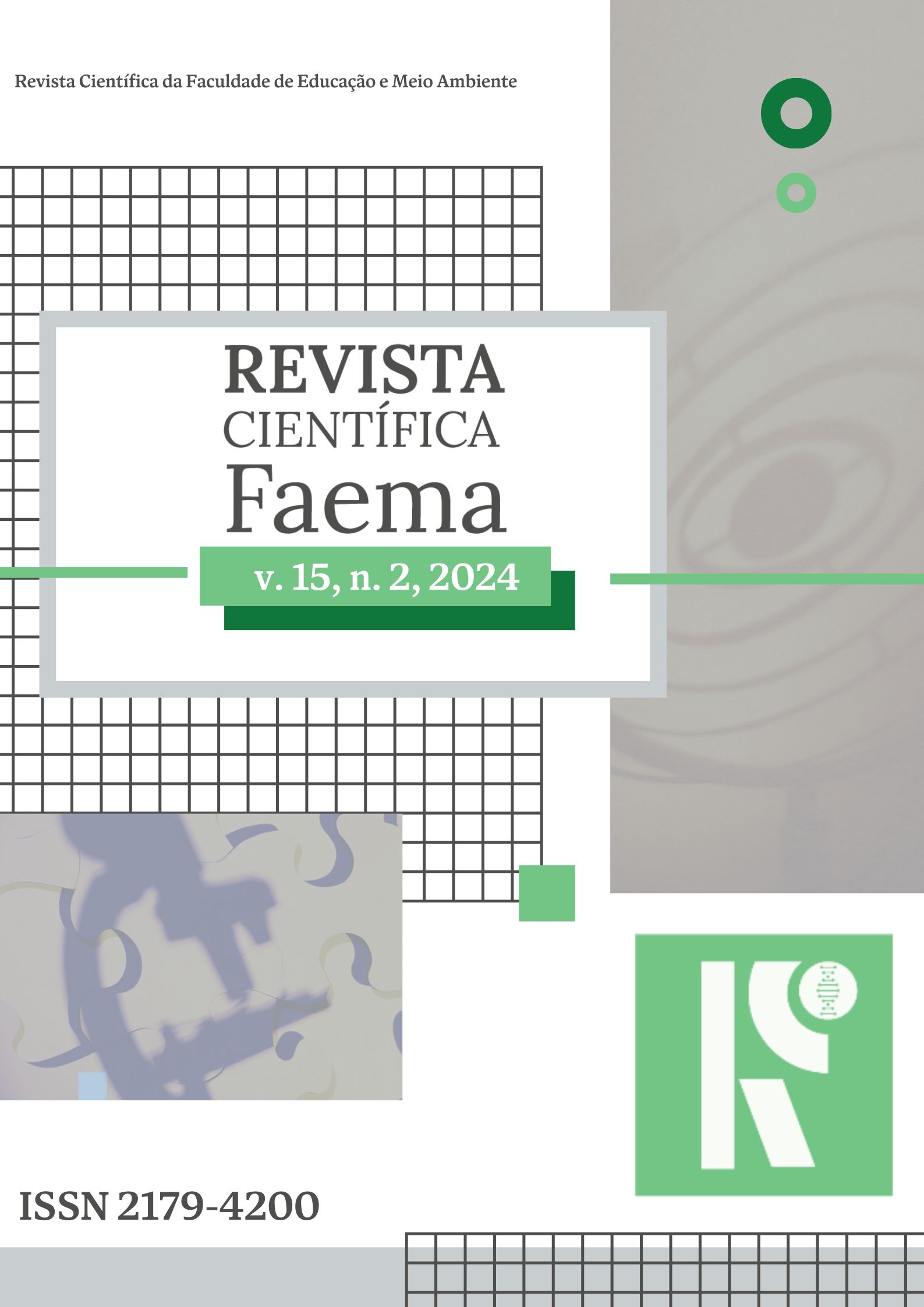TOXICIDADE RESIDUAL DE CLORANTRANILIPROLE + ABAMECTINA EM FOLHAS DE MELOEIRO SOBRE Apis mellifera
Contenido principal del artículo
Resumen
Nas áreas de cultivo do meloeiro (Cucumis melo) é imprescindível o uso de inseticidas para o controle de pragas, o que pode gerar impacto nas populações de abelhas, como Apis mellifera. Neste contexto, conhecer a toxicidade de inseticidas sobre as abelhas é fundamental para conservação de polinizadores em áreas agrícolas. Portanto, objetivou-se avaliar a toxicidade residual de doses comerciais do inseticida Clorantraniliprole + Abamectina sobre A. mellifera em folhas de meloeiro. O experimento foi realizado sob condições de laboratório, em delineamento inteiramente casualizado, distribuído em um fatorial 4x3, constituído por duas doses comerciais do inseticida Clorantraniliprole + Abamectina (0,0108 g i.a/L-1 de Abamectina + 0,027 g i.a/L-1 de Clorantraniliprole e 0,018 g i.a/L-1 de Abamectina + 0,045 g i.a/L-1 de Clorantraniliprole), testemunha absoluta (água destilada) e testemunha positiva (Tiametoxam: 0,3 g i.a/L-1) em função de três tempos de exposição (1h, 2h e 3h após a pulverização). Foram avaliadas a mortalidade e as funções motoras durante 1h, 2h, 3h, 4h, 5h, 6h, 12h, 24h e 48h horas após a exposição, além disso, foi realizada análise da capacidade de voo das abelhas sobreviventes. O inseticida Clorantraniliprole + Abamectina, independente da dose e tempo de exposição, ocasionou 100% de mortalidade sobre A. mellifera. O tempo letal mediano (TL50) do Clorantraniliprole + Abamectina foi inferior a TL50 da testemunha absoluta e superior a TL50 da testemunha positiva, independente do tempo de exposição após a pulverização de cada dose. O Clorantraniliprole + Abamectina mostrou-se altamente tóxico quando em contato residual independente das doses e intervalo de tempo após a pulverização.


